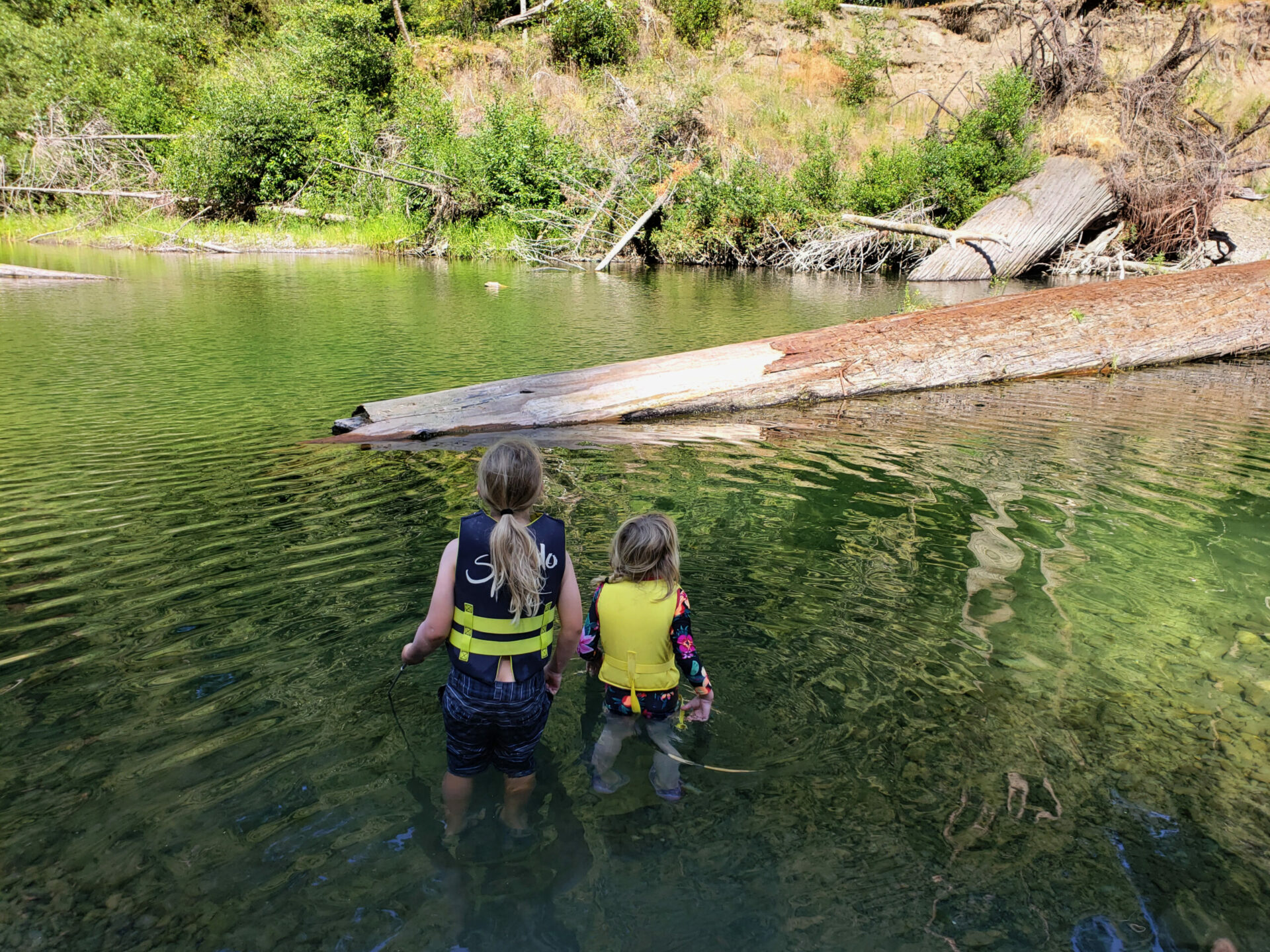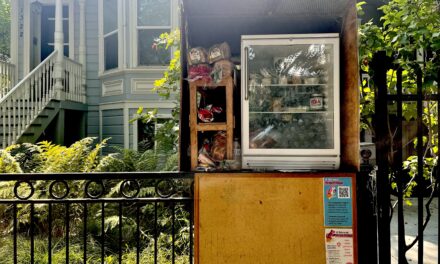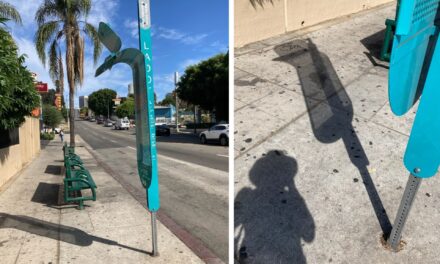Homegrown Go-Tos for Chillin’
Summer heatwaves often find my daughter and I retreating from our non-air-conditioned home to find somewhere to swim — the local public pool, a river, the ocean. But when we can’t go swimming, I get creative. I have always overheated easily, so I have been building my arsenal of cooling methods since childhood: early techniques included dunking my head under a faucet so my hair gets wet, spritzing my skin with a spray bottle, and keeping a baggie full of wet bandannas so I’ll always be able to put around my neck. As an adult, traveling through hot countries, I learned that wetting all of my clothes worked even better than the spritzing and head dunking. On particularly hot days, I’ve been known to step into a shower fully clothed: it looks silly, but keeps me comfortable.
During a recent hot spell, my eight-year-old and I spent the day in a shallow, inflatable pool that had an air leak and required frequent re-inflating. It didn’t look like a spread in Sunset magazine, but we had a great time — we rescued countless grasshoppers and discovered that a balloon pump makes a fun water gun. When I got out, I also realized that my long-sleeved swimsuit kept me cool far longer than any cotton t-shirt ever had; something about the fabric retained the moisture so well that by evening I found myself actually feeling chilly even though it was still nearly 90 degrees out. When bedtime rolled around in our still-toasty cabin, my kiddo could not get comfortable until finally I gave her an ice pack for her neck and spread a dampened, light muslin blanket over her so it touched as much skin as possible. She fell right to sleep.
As weather extremes become more common, I realize that sharing experiences like these can literally be lifesaving, so I asked some of my friends what their homegrown stay-cool methods are. This is what they told me:
“When we lived in Iowa, my mom used to keep 4-6 inches of water in the bathtub and get into it every couple of hours and lie there ‘til her body temp came down; she’d splash it over her body, then dry off and put minimal light clothing back on.” —Claire McGuire
“Windows open at night; close it all up and live in the dark during the heat of the day. My mom used to hang blankets over the windows to help insulate the house.” —Kim Knapp
“We cook with an air fryer oven in the garage or use a camping stove outside. That said, I just burnt my fourth batch of beans, so I’m not sure I fully recommend this approach—but it does keep the house cooler. I also sometimes spray the roof to get some evaporative cooling in the attic, and I usually manage to spray the kids while I’m at it. And a sprinkler under the trampoline is pretty much our go-to for the kids.” —Carrie Ashendel
“I have a little electric fan on a clipboard on my bed blowing on my face and head all night. And cooling/medicated powder on my neck and inner elbows where I tend to get heat rash.” —Marit Erickson
“Do all of the above while you’re organizing for civil disobedience and non-violent direct action to decrease greenhouse gas emissions. The USA is literally killing everyone as the number one polluter on the planet.” —Jennifer Shulzitski
Other Recent Posts
Who Will Inherit the Estuary? Training for a Rough Future
The six-month program teaches students aged 17 -24 about the challenges facing communities around the SF Estuary, from Stockton to East Palo Alto.
Split Verdict Over State of the Estuary
Habitat restoration and pollution regulations are holding the Bay steady, but the Delta is losing some of its ecological diversity, says SF Estuary Partnership scorecard.
Volunteers Catch and Release Tiny Owls For Science
In Santa Rosa, citizen scientists capture northern saw-whet owls to help further research on climate impacts to the bird.
Antioch Desalination Plant Could Boost Local Water Supply
The $120 million plant opened this fall and treats 8 million gallons of brackish water a day, 75% of which is drinkable.
How Cities Can Make AI Infrastructure Green
Data centers fueling AI can suck up massive amounts of energy, water and land, but local policies can mitigate the impact.
What to Know about PFAS in Tri-Valley Water
In this nonfiction comic, explore how the city of Pleasanton is dealing with PFAS- contaminated groundwater.
ReaderBoard
Once a month we share reader announcements: jobs, events, reports, and more.
Artist Repurposes Shoreline Detritus
Courtney Griffith scours beaches and parks for everything from plastic to charcoal, mangled ropes and burnt wood to use in her work.
After The Fire: Scenes from Chinese Camp
One of California’s oldest Gold Rush settlements takes stock after a devastating fire — a photo essay.
Youth Group Tackles Heat Islands in Santa Rosa
A new youth advisory team convened by the Greenbelt Alliance and Latino Service Providers is exploring heat disparities in southwest Santa Rosa.










